First of all, I should warn all who read this that this blog post is unusually long, but that’s because I’ve done A LOT, since I arrived in Australia three weeks ago, and I have not updated my site since then. Internet access has been hard to come by, especially on the road. Did I mention that I’m currently on a road trip from Sydney to Cairns? No? Yeah, that’s because of the internet. Anyways, here’s what you’ve missed:
On March 1, 2013, I left my home region of Hampton Roads for Australia. I flew from Newport News/Williamsburg International to Charlotte/Douglas International to Phoenix Sky Harbor International to Los Angeles International to Sydney Airport. Sounds fun, right? The total trip lasted about 25 hours, including time spent during layovers at the airports, although the flight across the Pacific Ocean from Los Angeles to Sydney burned through 15 hours, at least.

Flying over the Rocky Mountains.
On March 3, 2013, I arrived in Sydney. There, I stayed at the Blue Parrot Backpacker hostel in King’s Cross for three nights. King’s Cross is an interesting place. Mostly because it’s Sydney’s red light district. However, it’s quite tame in comparison to red light districts elsewhere in the world, and I highly recommend staying in that area because, from there, you can walk through the Royal Botanic Gardens to the Sydney Opera House.

The Blue Parrot Backpackers hostel in Sydney’s King’s Cross district.

Sydney Opera House.

Harbour Bridge.
Anyways, like I said, I stayed in Sydney for four days and three nights, and I developed a familiarity with King’s Cross and Potts Point. Sydney is a very walkable city, and if you need to travel a significant distance, you can just hop on a train. On foot, I visited the Art Gallery of New South Wales in the Royal Botanic Gardens, touched the Sydney Opera House, and went to the world famous Bondi Beach.
However, as cool as Sydney is, the city is quite expensive (in fact, Australia as a whole is quite expensive). In addition to that, I came here to photograph wildlife, which Sydney lacks. Yes, I’m sure you’ve heard of the Sydney funnel web spider, but they live out in Sydney’s western suburbs (and the Blue Mountains) and not in the main city. For normal people, that’s welcome news. For me, that’s a disappointment. Thus, I hopped on an overnight Greyhound bus up to Brisbane because a friend of mine–his name’s Hamish–lives there.
Greyhound Australia.
On the morning of March 7, 2013, I arrived at Central Station in Brisbane. There, a shuttle picked me up and took me to Bunk Backpackers in Brisbane’s Fortitude Valley suburb. The Fortitude Valley is at the heart of Brisbane, and it contains all of Brisbane’s major bars and clubs. Personally, that quality doesn’t appeal to me; however, if you’re looking for nightlife in Brisbane and love to party, the Fortitude Valley’s the place to be!
Bunk Backpackers in Brisbane’s Fortitude Valley suburb.

Brisbane (day).

Brisbane (night).

Brisbane is a wonderful city, and like Sydney, it is very walkable. I spent two weeks in Brisbane, visiting the Queensland Art Gallery, the Queensland State Library, Lone Pine Koala Sanctuary, and the Queen Street Mall, among other places. In fact, I even went into (and gambled at) a casino for the first time at Brisbane’s Treasury Casino. There, I set aside $15, and lost all but a few cents and, then, won it all back (plus an extra $5) for a couple cents at the Wild Banana slot machine.
Somewhere in the middle of my Brisbane stay, my friend Hamish and his wife took me up to Noosa Heads and showed my around Noosa National Park. I hiked around the trails there. I even discovered that one of the beaches was a nude beach. I will never be able to burn the images of that naked old dude out of my mind.

Alexandria Bay, part of Noosa National Park. The nude beach was located here…
Yet, despite Brisbane’s charm, I again had difficulty finding what I came for: wildlife. Wildlife thrives, even in urban areas, but the best places to find wildlife are outside the cities. Brisbane had quite a bit of wildlife: eastern water dragons, Australian magpies, common ringtail possums (at night), and eastern blue-tongued skinks, among other critters. But these critters were few and far in between, and I often found myself photograhing the same species over and over again. Thus, I left Brisbane. This time, I rented (in Australia the term is “hired”) a campervan for 30 days.
My first rental–well, hire–was a manual transmission vehicle. As an automatic bred American, I had great difficulty learning the ropes, and on top of that, I had to master the whole driving on the left side of the road in the right side of the car shebang. Needless to say, the first hire didn’t work out, and I took another overnight bus back to Sydney, where a company named Awesome Campers had an automatic transmission vehicle waiting for me.
My trusty steed.
So, on March 20, 2013, I arrived in Sydney (again) and made for Kingsgrove, a suburb of Sydney. There, I picked up my vehicle and began my journey to Cairns, which is over 3000 kilometers total and nearly 2000 miles (if not over that) from Sydney. Immediately after acquiring my vehicle, I sped out to the Blue Mountains. I headed west along the Great Western Highway until I reached Katoomba and, then, went on to Blackheath, where I camped out in the nearby Megalong Valley. The Megalong Valley is a beautiful (but very narrow) place, and I highly recommend camping there, whether you’re American, Australian, or anyone else!
The Megalong Valley, New South Wales.
Next, I proceeded to Evans lookout where I gazed upon the Blue Mountains from Evans Lookout and explored the valley below. This is another place in Australia that you must see, if you have the time. However, when I visited the Blue Mountains Heritage Center and attempted to purchase some books, I discovered that my bank card was locked. I only had about $20 in cash. This was not good.

The Blue Mountains, viewed from Evans Lookout.
Not sure what to do, I looked for a computer and contacted my family. They didn’t know what to do, so I decided to get out of the mountains ASAP and back on the coast. I headed north along the Putty Road, taking a scenic route through the Blue Mountains and the Great Dividing Range. There, I stopped at a place called the Grey Gum Cafe, where I met the owner and his wife. They gave me a glass of white wine, and I drank it with them on the porch. Then, the owner showed me his (wild) pet peacock, who appears every evening around 6:30pm. His wife showed me the wild eastern gray kangaroos that come to the cafe every morning and every evening. There was no charge for staying the night, and I did not need to spend any money. The stars (and moon) were out in full force, and when the owner, his wife, and the rest of the staff has left, I was the only person out there.

Grey Gum Cafe, New South Wales.
The next day, I spent the morning photographing wild eastern gray kangaroos around the cafe’s boundaries, and then, I headed east to Singleton. Here, my family figured out what to do and told me to call my bank to unlock my card. I called and approved transactions deemed suspicious by the bank (the two campervan rentals) due to the large amounts of money involved. Success. My card was unlocked, and as my tank was near empty, I could buy more gas (called “petrol” here in Oz).
I breathed a sigh of relief and continued toward the coast, reaching Wingham and camping out at a free campsite by Wingham Brush Nature Reserve. I went there to photograph the colony of flying foxes (a mix of grey-headed and little red flying foxes). Flying foxes are all over Australia, especially the eastern coast, but Wingham is one of the places where these megabats hang out during the day and night.
Flying foxes at Wingham Brush Nature Reserve.
After getting my flying fox shots the next morning, I hopped back in my van and kept heading east. Finally, I reached the coast and explored Crowdy Bay National Park. I went to Crowdy Head and photographed the lighthouse, pelicans, and crabs, among other things.
Crowdy Head Lighthouse.
At the beach at Diamond Head.
Once I’d finished up my photography at Crowdy Head, I drove an hour north to Diamond Head, which is another part of Crowdy Bay National Park, but it can only be accessed from a gravel road to the north. At the campsite there, more wild eastern kangaroos hopped around the many campers, caravans, 4x4s, and tents, and lace monitor lizards prowled the ground, crawling under cars and propane tanks. Kookaburras and rainbow lorikeets cackled and chirped in the eucalyptus branches above. I’d never seen such a wild and lively campsite.
The next day, I spent the morning on the beach at Diamond Head, testing out an inexpensive dive housing I’d purchased in the U.S. for my Canon 7D. The housing sucked. Yes, it kept the camera dry, but it was useless for anything else. In addition to that, when I opened my bag, my phone slipped into a tidepool. Well, that was that. I snapped a few more shots, and then, I continued north.
This was the longest leg of my journey, as I drove for over six hours until I reached Byron Bay. Upong my arrival, I had planned to camp out at a caravan park by Broken Head Nature Reserve, but I had arrived quite late, and the caravan park’s reception had closed (early, no less). Just my luck. I headed into the main town and booked an expensive–$32, I think–night at a hostel. In hindsight, I should’ve just looked for a free campsite. Anyways, after a night in the hostel, I drove back to Broken Head Nature Reserve and hiked around the trails.

Broken Head Nature Reserve.
When I’d reached the end of Broken Head’s main trail, once again, I hopped back in my van and continued my push north. I purchased a new phone in Tweed and passed across the border of New South Wales and entered Queensland. Here, I spent the afternoon scouring Surfer’s Paradise on the Gold Coast. Surfer’s Paradise is cool, and the waters are beautiful, but the Gold Coast as a whole is a bit too touristy for me, and it wants to be like Florida (especially Miami and Orlanda) and/or California (especially Los Angeles).

Surfer’s Paradise at the Gold Coast.
As night drew near, I stopped at the Gold Coast Holiday Park and chose (rather unwisely) to stay the night there. Don’t get me wrong; it was a nice caravan park, but it was very expensive, and it had so many anemities, I might as well have stayed at a hostel or hotel. I was happy to leave the next morning and head into the Glasshouse Mountains, where I stayed at a campsite by Coochin Creek.
Early the next morning, I awoke and hiked up Mount Beerburrum and Mount Ngungun. Despite the rain and wind, the views were still beautiful and worth the effort. This is what I came to Australia for. This is what I came to see.
The Glasshouse Mountains, viewed from the top of Mount Ngungun.
Later, I went to the Australia Zoo. As an admirer of Steve Irwin since my childhood, I had to go there. However, I must’ve visited on an off day because not a lot of people were there, but then, I had also arrived after 12pm, the only time the daily show at the Crocoseum is held. The zoo itself was not as big as I’d expected, and with the Crocodile Hunter’s absence, it seems like a shell of its former self. A somber memorial to the man who effortlessly handled the world’s most dangerous predators and met his end at the barb of a humble stingray. Even the nearby road through the Glasshouse Mountains is named “Steve Irwin Way”.

Statue of the Irwin family at the Australia Zoo, a tribute to the late and great Steve Irwin.
Feeling slightly hollow, I proceeded through Gympie and Rainbow Beach and spent the night at the beach on Inskip Point. I should probably mention that the campsite was sand, and I made the mistake of driving too far in with a two-wheel drive vehicle and getting stuck. Luckily, some helpful Aussie fellows helped dig me out and drive me to a more suitable spot, where the sand was shallower. The next morning, I woke up to this:

Inskip Point.
In a brochure, I’d read that, at 8am at a nearby place called Tin Can Bay, you could observe and feed wild Indo-Pacific humpback dolphins. I’m a sucker for sea creatures, so naturally, I woke up early and drove about 30 minutes from Inskip Point to Tin Can Bay. The dolphins were there as advertized, and I handfed one for five bucks.

Indo-Pacific humpback dolphin at Tin Can Bay.
After feeding the dolphins, I booked a Fraser Island tour (out of Inskip Point) for the next day. But I still had a whole day to kill! What was I going to do? I went to the Rainbow Beach information center, and they showed me a hike through the Cooloola section of Great Sandy National Park to Double Island Point lighthouse. The hike to the lighouse was about 15.5 kilometers (about 9 miles), but I thought it wouldn’t be so bad. Man, was I wrong. I hiked for hours through hilly forest until I finally emerged on the beach. A sign read: “Double Island Point Lighthouse 3.4 Kilometers —>”.
At that point, I was so exhausted (and concered about getting back before dark), I decided to head back. However, I didn’t have a flashlight, and with Australia’s venomous snakes, I didn’t want to take the trail back through the woods and risk stepping one one in the dark. So I strolled back along the beach. Bad idea. I’ll discuss the details in another blog post, but for now, I will say that my leisurely stroll turned into a race against the rising tide (in shark infested waters, no less), and I ended up losing my bank card, drenching my cell phone (again), and enduring the most terrifying moment of my life.

Cooloola Coast. Looks are truly deceiving.
Currently, I am stuck here in Hervey Bay as a result of losing my bank card. I’ve been stuck here, since Friday (my Fraser Island Tour was booked for that day, but I didn’t even go because I was so worried about my financial situation). As it turns out, just about everything important in Australia is closed Friday, Saturday, Sunday, and Monday for the Easter holiday. Fortunately, the hostel here has been nice enough to allow me to park here an use their facilities until Tuesday, when the banks and post offices reopen. Tomorrow is Monday. Only one more day!!! Ah, the peaks and pitfalls of adventure!
Oh, also, here’s a map (below), outlining my journeys so far. The places listed are locations I have visited and/or camped at overnight on my way up to Cairns. Note: I did not drive to Noosa, but my friend Hamish did.


One Reply to “Adventures in Oz”